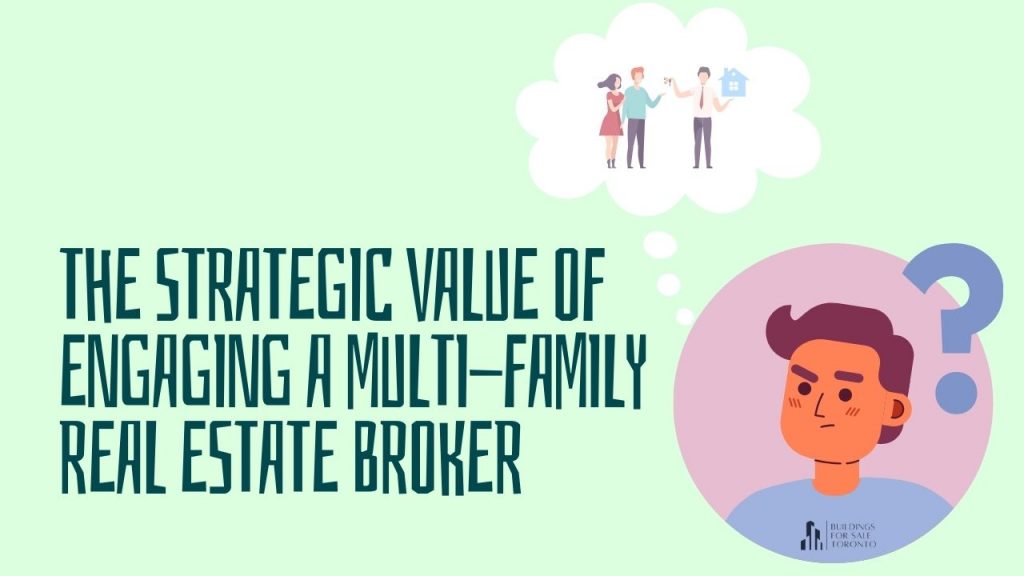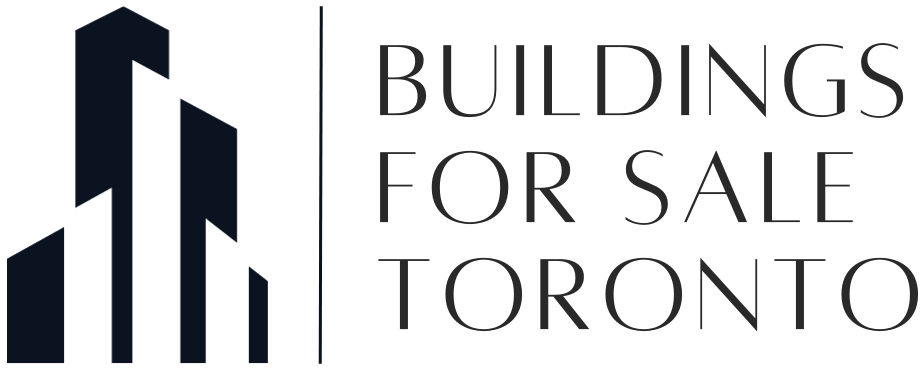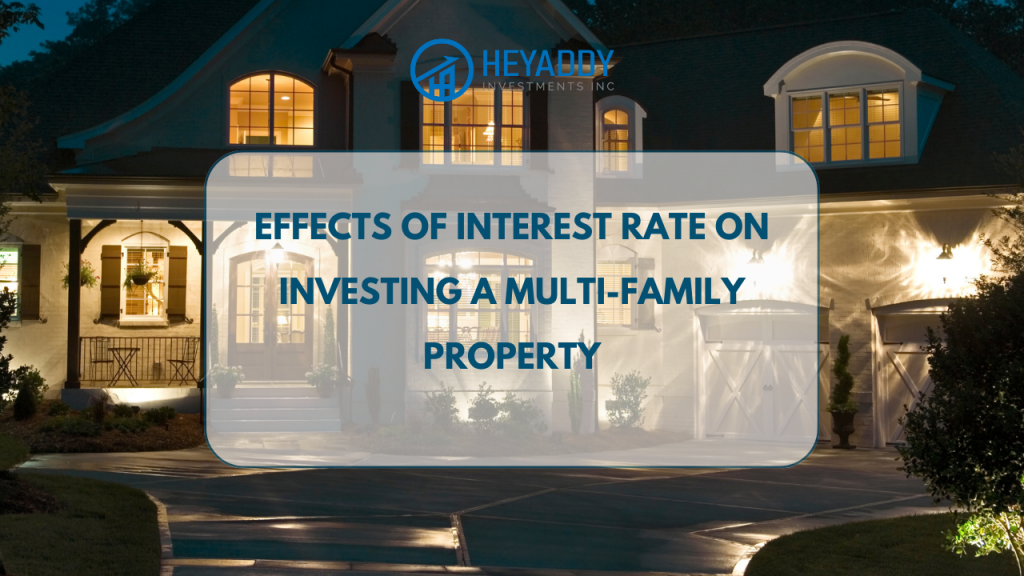The Strategic Value of Engaging a Multi-Family Real Estate Broker

In the complex landscape of commercial real estate, particularly within the multi-family and investment sector, individuals often contemplate navigating transactions independently. However, the intricate nature of real estate transactions necessitates the expertise of a seasoned professional. This article explores the five compelling reasons why enlisting the services of a Multi-Family Real Estate Broker is instrumental in optimizing your commercial real estate endeavours.
Navigational Expertise in Commercial Real Estate:
A proficient Real Estate Broker is a knowledgeable guide, offering specialized insights into multi-family and investment opportunities. Their in-depth understanding of market dynamics and hands-on experience facilitate informed decision-making, ensuring clients secure optimal deals.
Negotiation Proficiency in Commercial Ventures:
Commercial negotiations demand finesse and insight, qualities inherently possessed by a skilled Real Estate Broker. Beyond the surface of pricing negotiations, these professionals provide valuable advice, steering clients away from potential pitfalls and ensuring mutually beneficial outcomes in lease agreements and premium property transactions.
Unlocking a Network of Business Allies:
Enlisting the services of a Real Estate Broker grants access to an extensive network of industry professionals, potential buyers or sellers, and service providers. This network, cultivated through years of experience, is a valuable asset, opening doors to growth opportunities and strategic collaborations.
Streamlining Paperwork and Legalities:
Buying or selling a property involves copious amounts of complex documentation and legal intricacies. A Real Estate Broker’s proficiency shines in meticulously handling these aspects. Beyond ensuring compliance, they serve as legal partners, decoding jargon and providing clarity and confidence in navigating the legal aspects of property transactions.
Efficient Time and Stress Management:
Acquiring or selling commercial properties involves many tasks that can be both time-consuming and stressful. A Real Estate Broker assumes the role of a strategic partner, effectively managing the intricacies of the process. The time savings allow investors to direct their focus to other critical aspects of their business without being encumbered by the exhaustive details of real estate transactions.
In summary, the decision to engage a Multi-Family Real Estate Broker is not merely a choice but a strategic move toward optimizing commercial real estate experiences. From expert guidance and negotiation finesse to an extensive network and streamlined legal processes, these professionals play a pivotal role in ensuring that each step taken in commercial real estate is calculated and poised for success.
Ready to elevate your multi-family and investment real estate ventures to new heights? Unlock the strategic advantages of working with a seasoned Real Estate Broker. Connect with us today to embark on a journey where expertise, negotiation finesse, and a vast network converge to redefine your success in commercial real estate. Your strategic move begins here—contact us for a personalized consultation, and let’s navigate the path to prosperity together.




